Camping Without The Campfire

Who doesn’t love a campfire? The warm glow, the crackling, the smell of roasting marshmallows – for many people, the idea of a campfire goes hand-in-hand with the idea of camping. Unfortunately, as wildfires have ravaged forests and grasslands across the Western US (and truly the world) over the last several years – it is not always legal or safe to have a campfire. When the forests dry out and open flame restrictions are put into place, there are two choices: cancel the camping trip or learn to love camping without the fire. As an aficionado of sleeping on the ground (on a sleeping pad of course) and staring up at the stars, I prefer the latter. While there are many uses for a campfire, there are some great alternatives to save your camping trip when they are not allowed:
- Cooking – Some campers love cooking over an open fire, but there are some great alternatives that may be allowed when campfires are not (check your local regulations). For larger groups, a two-burner propane stove allows you to prepare dinner for an army, while having more heat control than a campfire. For solo camping or backpacking, a single burner (isobutane, propane, or white fuel) works great for cooking a small one-pot meal or heating water for a freeze-dried meal. Whether campfires are allowed or not, I typically pack a burner or stove because they are quicker and easier than using a fire.
- Warmth – Depending on where you are camping, the nights can get cold even in the middle of summer, but there are ways to stay warm, even without the campfire. It’s important to match your gear with the expected temperatures. Make sure your sleeping bag and sleeping pad are rated for lower than the expected low temperatures. Over the years, I have switched to using an insulated sleep pad and my warmest sleeping bag in just about any conditions to make sure I’m never cold at night. Also important is your choice of clothing – make sure you bring lots of layers to be able to dress to the weather. If you have the space for it, it’s a good idea to bring insulating down layers, fleece layers, and even outerwear if there is a chance of rain. If it’s going to get really cold, I recommend bringing some merino base layers, a merino beanie, and a merino balaclava to help keep you warm.
- Meeting Place – People naturally gravitate to campfires, so when camping without one – it is important to have another area to socialize. Sometimes this is just a picnic or camp table where people can sit. But I like to designate a pseudo-campfire. This can be as simple as setting a large lantern on the ground and arranging chairs around it. As it gets dark, turn that lantern on and the group will naturally gravitate to it. Once everyone has a hot chocolate or adult beverage in their hands, they won’t care that it’s a lantern instead of a campfire. It’s about having a place to gather and enjoy the company. My friends and I typically even refer to this as the “campfire” anyway (using cheesy finger quotes).
- Entertainment – Some people use tending to the campfire as a way to pass the time while camping, but if you listen to some old wives’ tales – if you play with the fire, you’ll ruin your sleeping bag. Without a campfire, it’s nice to have some other form of entertainment. This doesn’t need to be something complicated – no need to put on a puppet show rendition of Shakespeare (unless that’s your thing). I tend to find something really simple to keep the group entertained while camping. Sometimes we just set a can on the other side of the campsite and see who can be the first to throw a pebble into it. Or sometimes we see who can whittle the best spoon out of a piece of wood. Really, it’s just any activity we can do together without thinking much about it and enjoying the outdoors.
- Bonus – Depending on the type of camping you’re doing, how much space you have to pack extra stuff, and the severity of the burn ban in your area, you might also consider an option that actually provides multiple benefits of a fire. At lower tier burn bans, portable propane burning fire pits are often allowed. While they lack the crackle and satisfaction of building a real fire yourself, they do provide the warmth, ambiance, and gathering place of a traditional fire. They’re also great for roasting marshmallows and hot dogs, plus they have the added benefit of not making all your stuff smell like smoke (unless that sort of thing is your jam). The only major drawback to propane fire pits are that they can be quite cumbersome, requiring space to pack not only the fire pit itself, but also the propane tanks needed to keep them burning. So really this is only an option for car camping or glamping.
With these tips on alternatives, I’ve learned to have just as much fun camping without the campfire. This in turn has allowed me to continue enjoying the outdoors in the dry season, while also protecting our forests from wildfires. Next time you’re heading out on a camping trip, be sure to check the fire regulations for where you’re headed and if fires are not allowed – don’t worry – it can still be a great time!




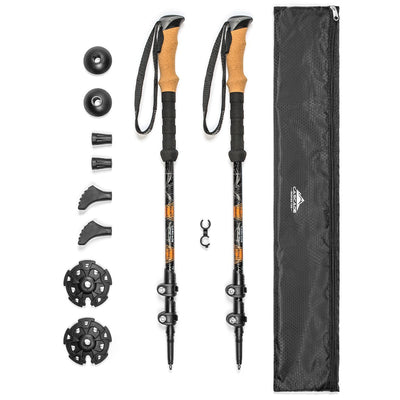
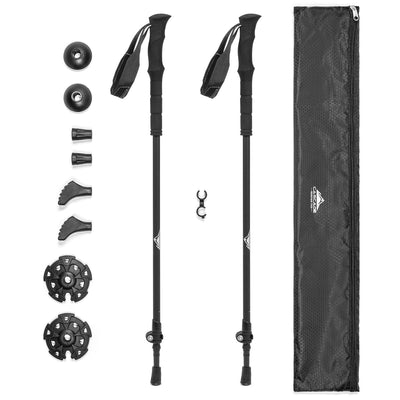
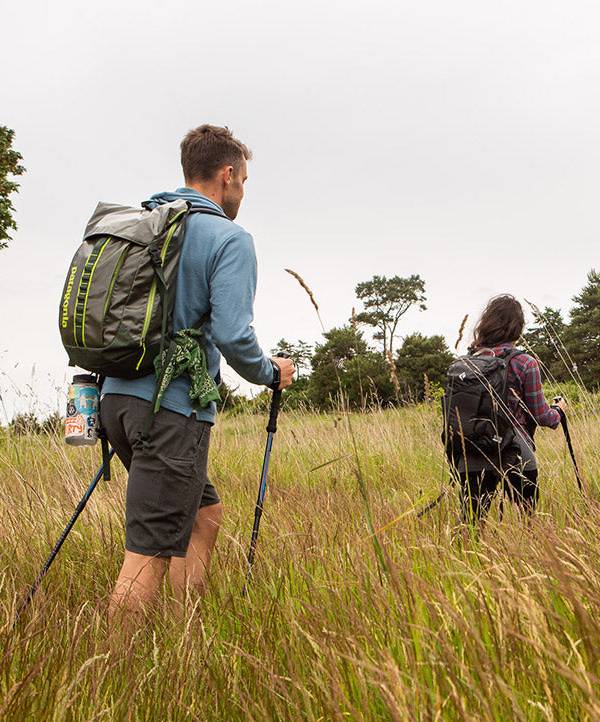

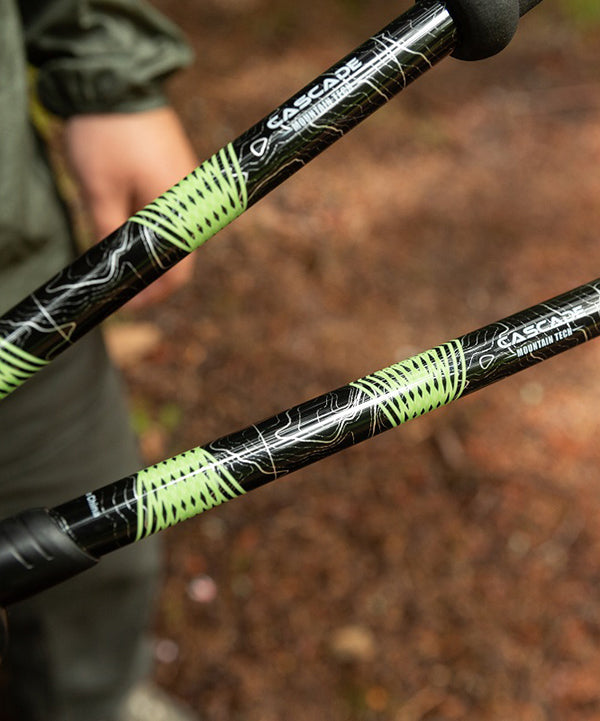

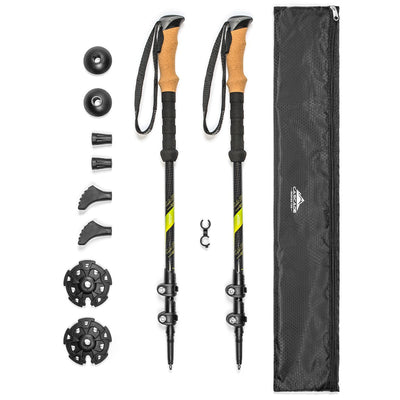
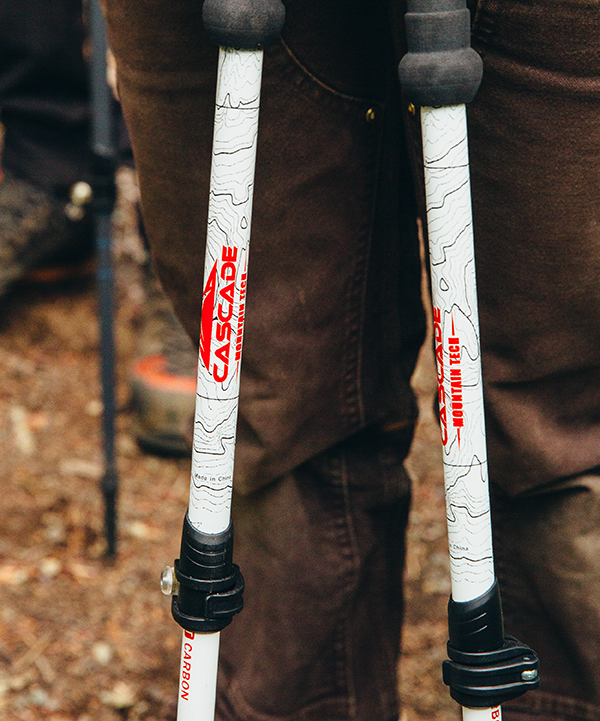
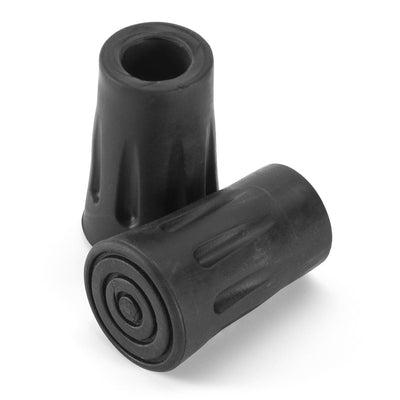
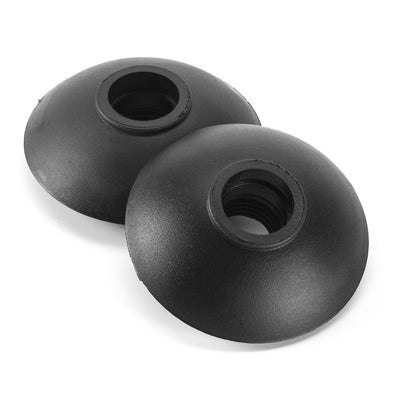
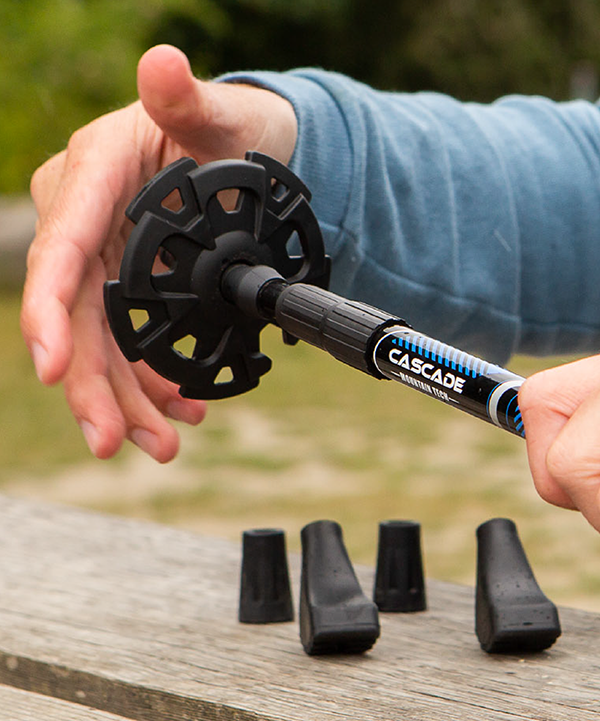
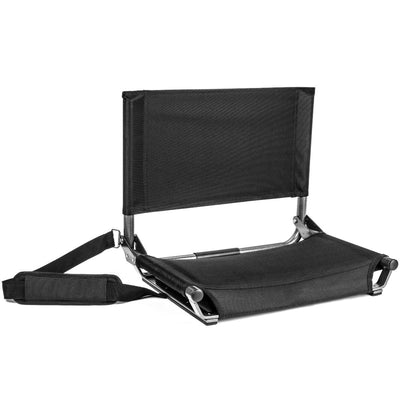
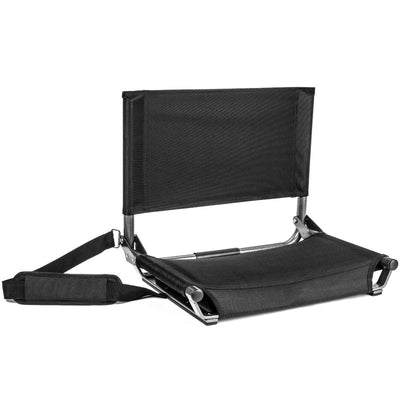



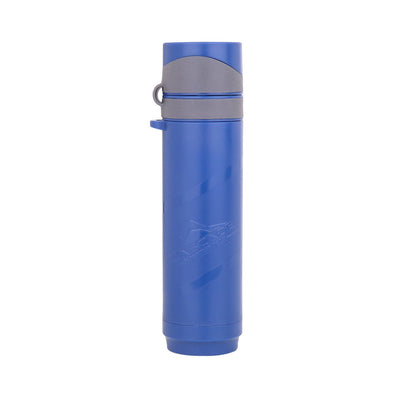
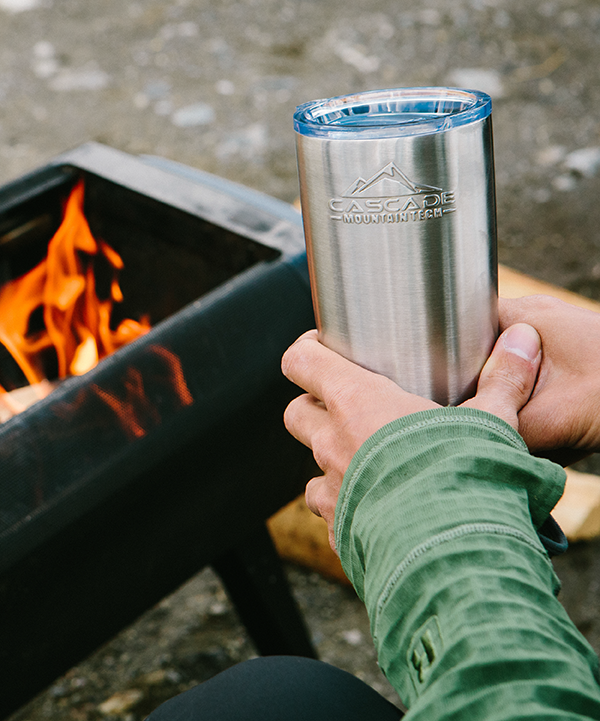
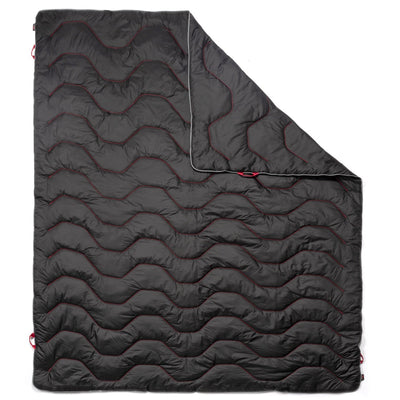


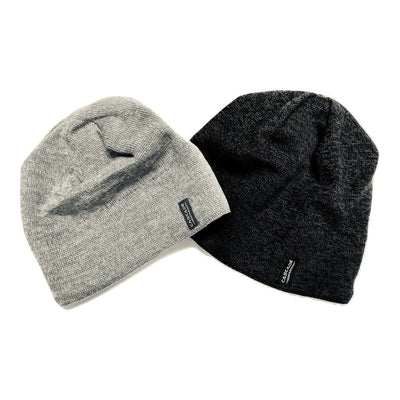

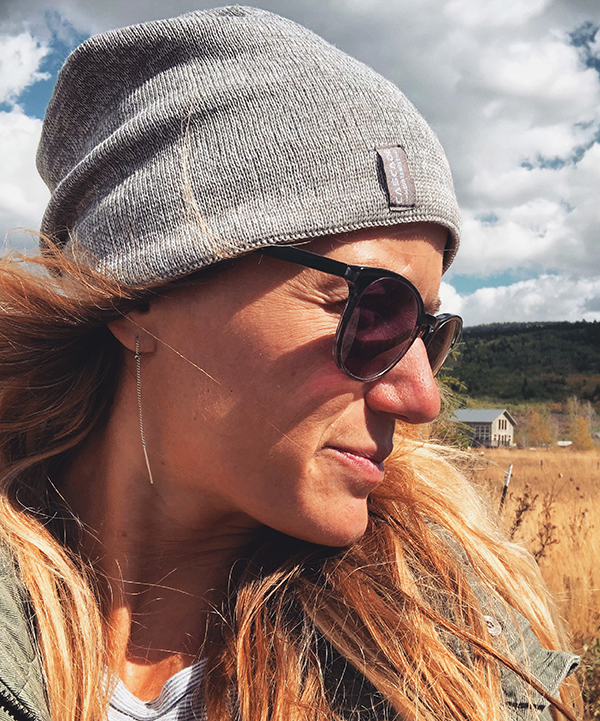
















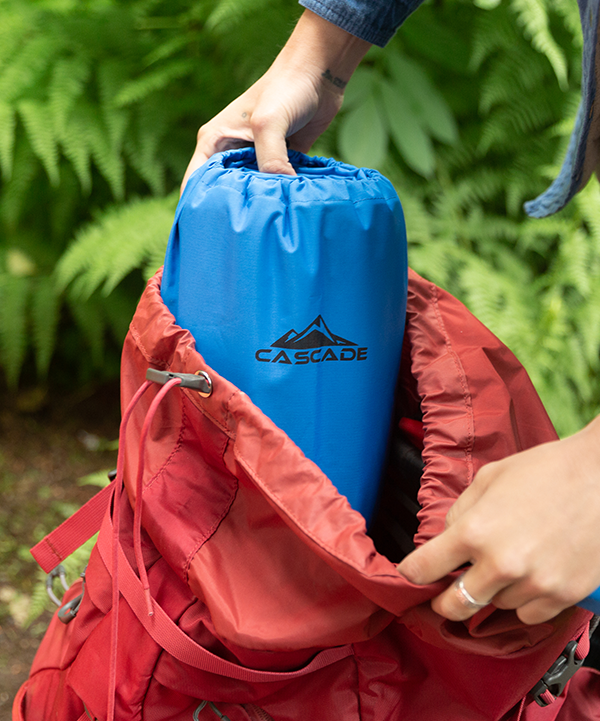
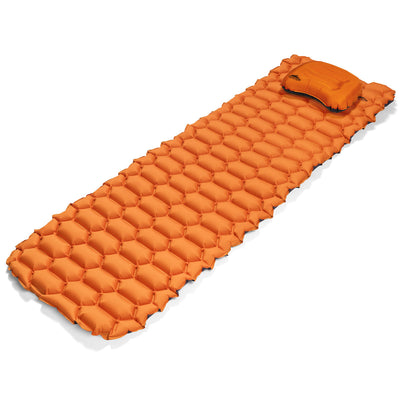

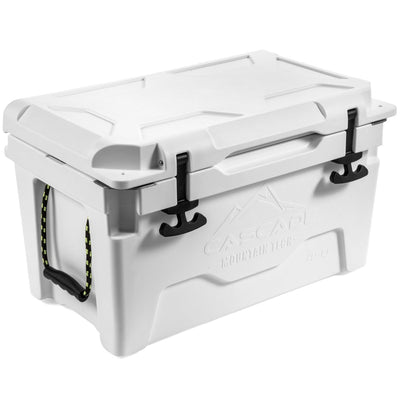




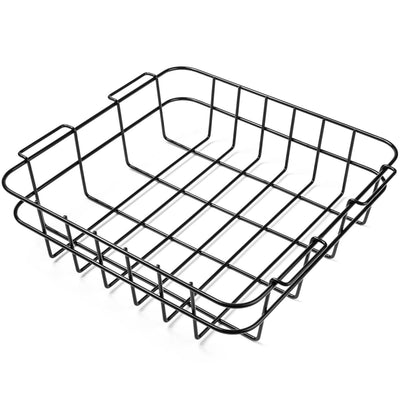

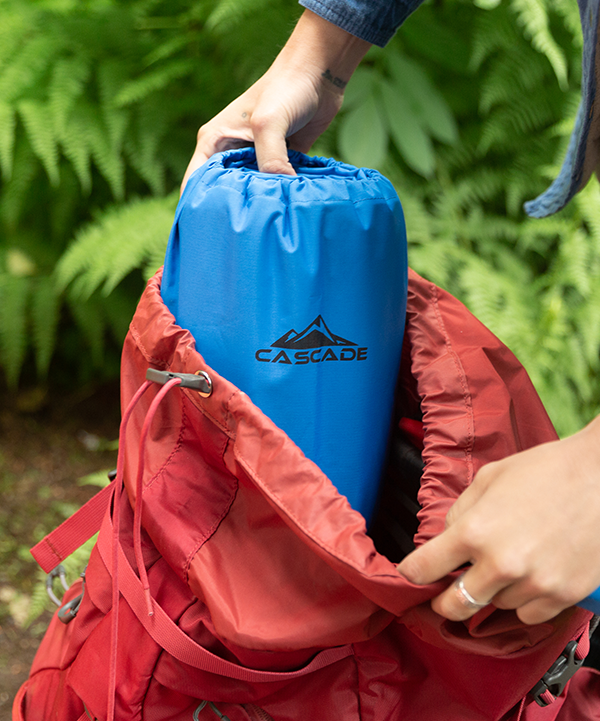


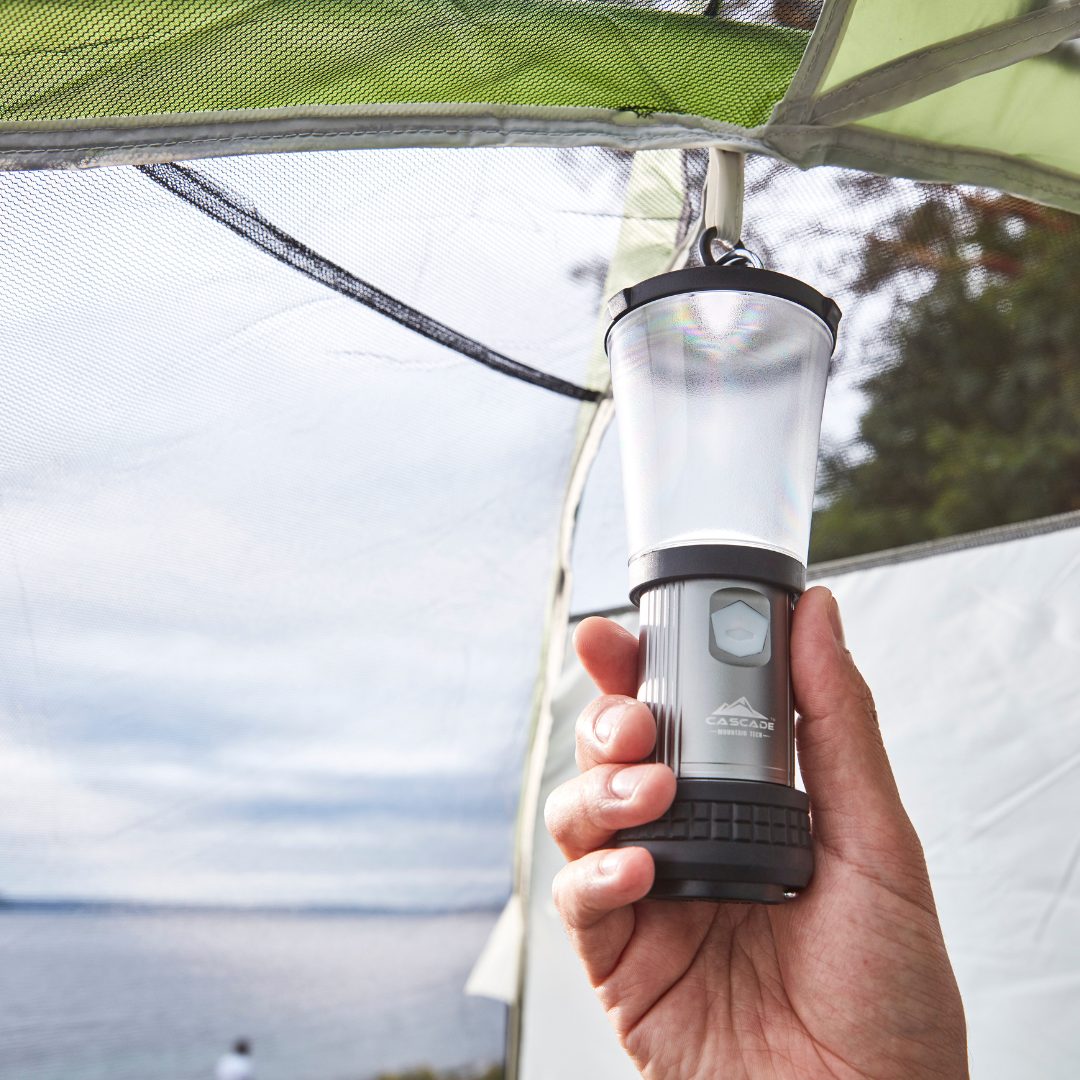
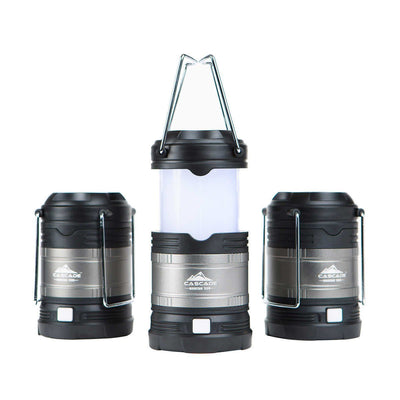

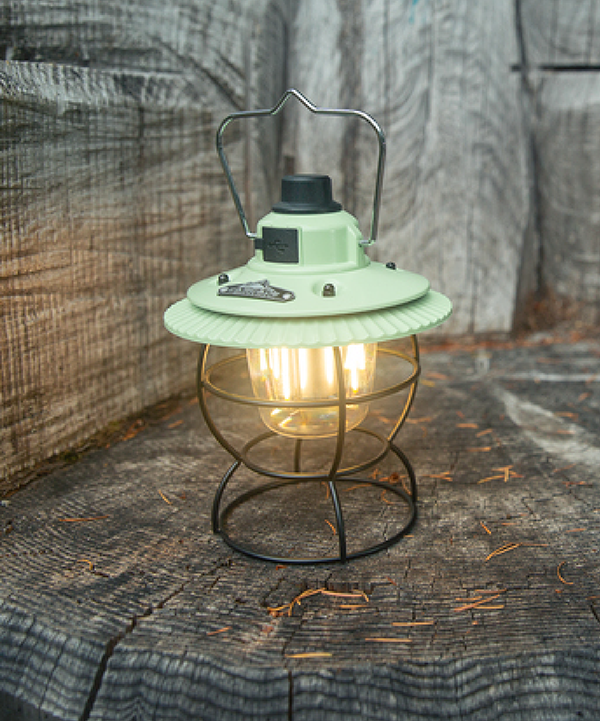
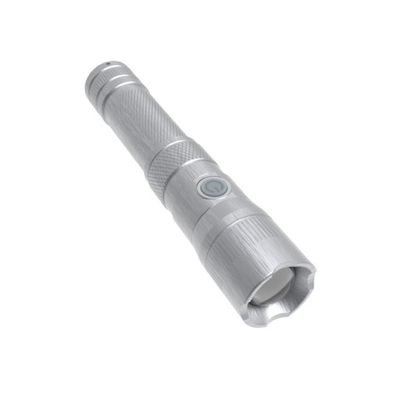
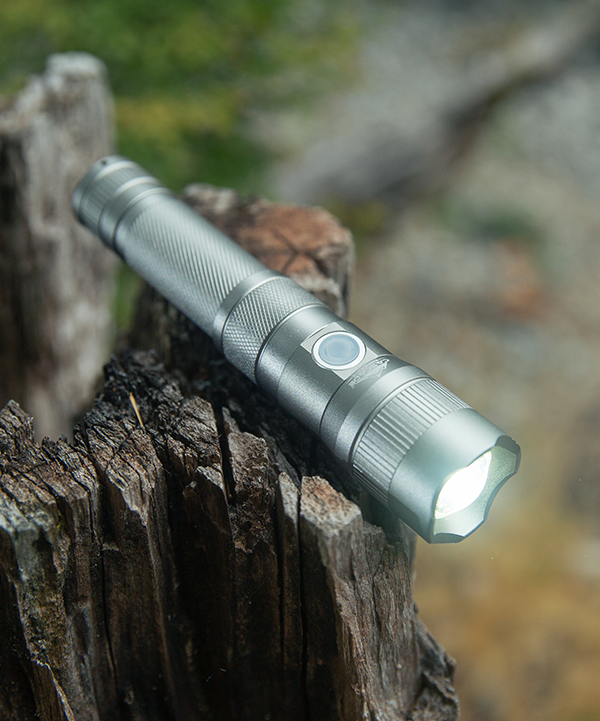


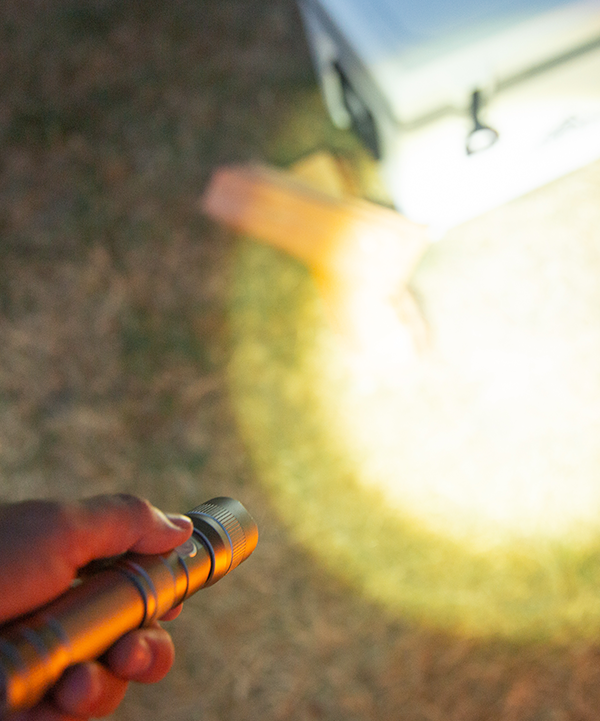
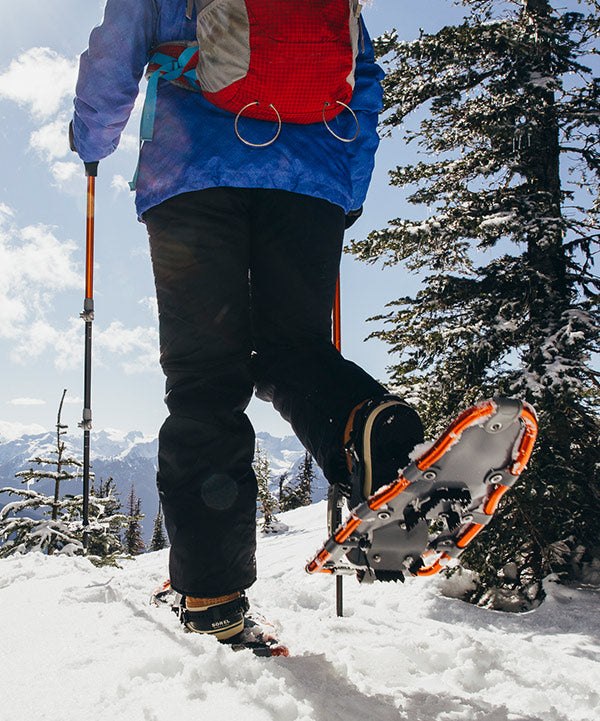

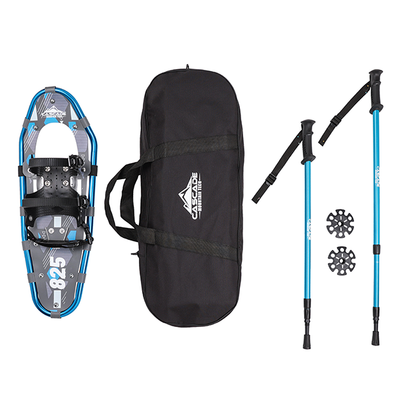




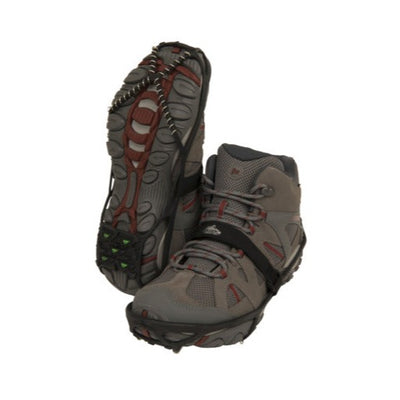
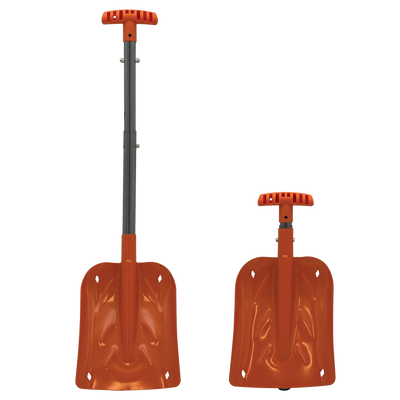
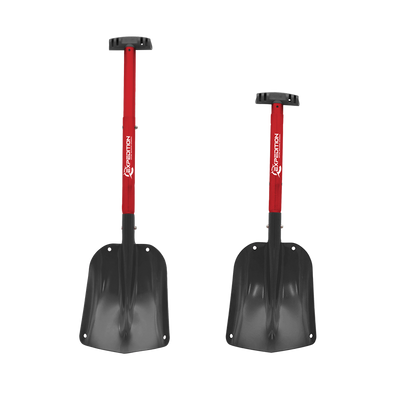
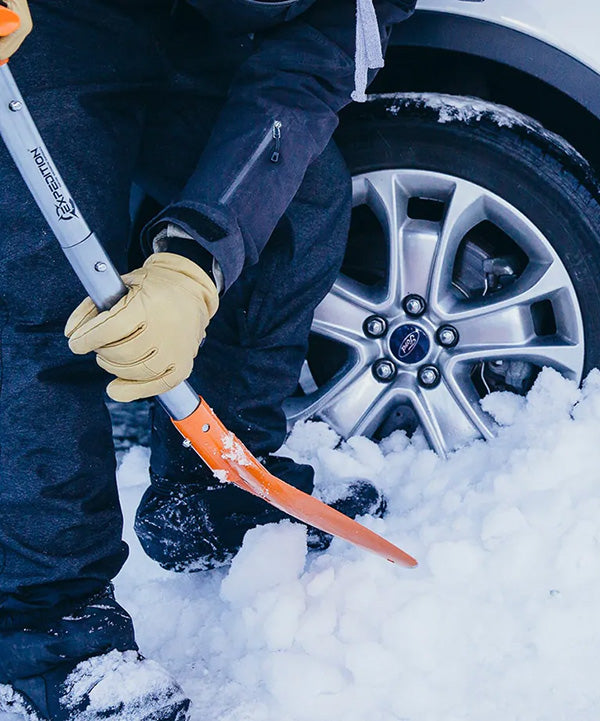
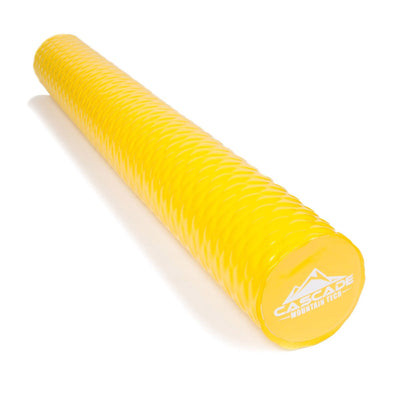

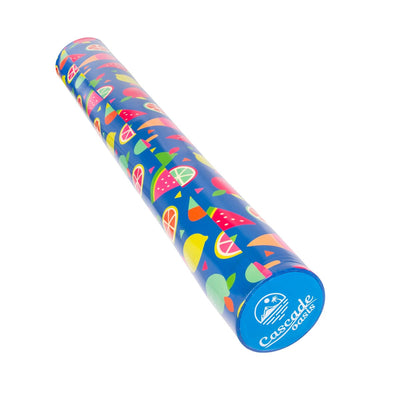













Leave a comment